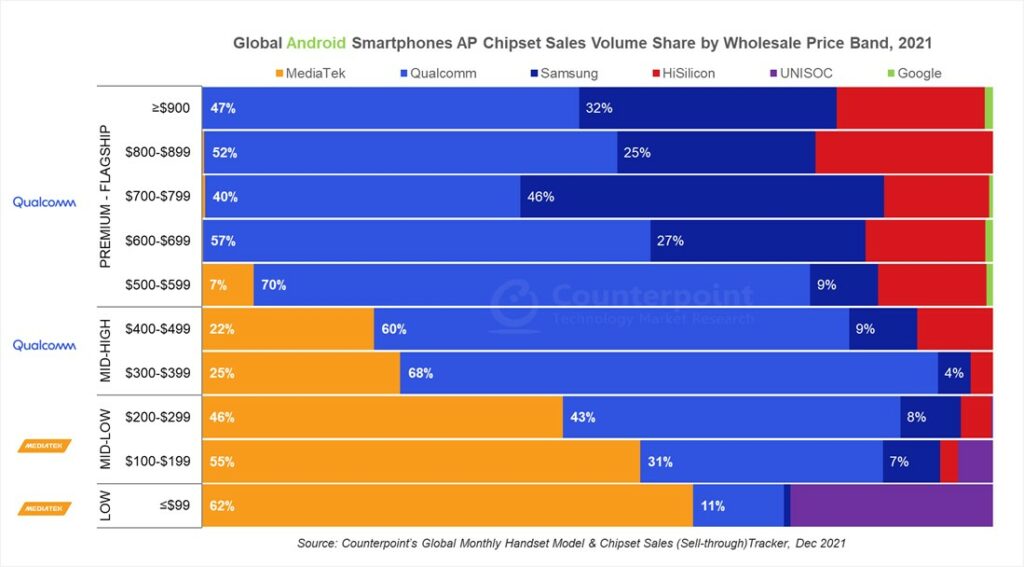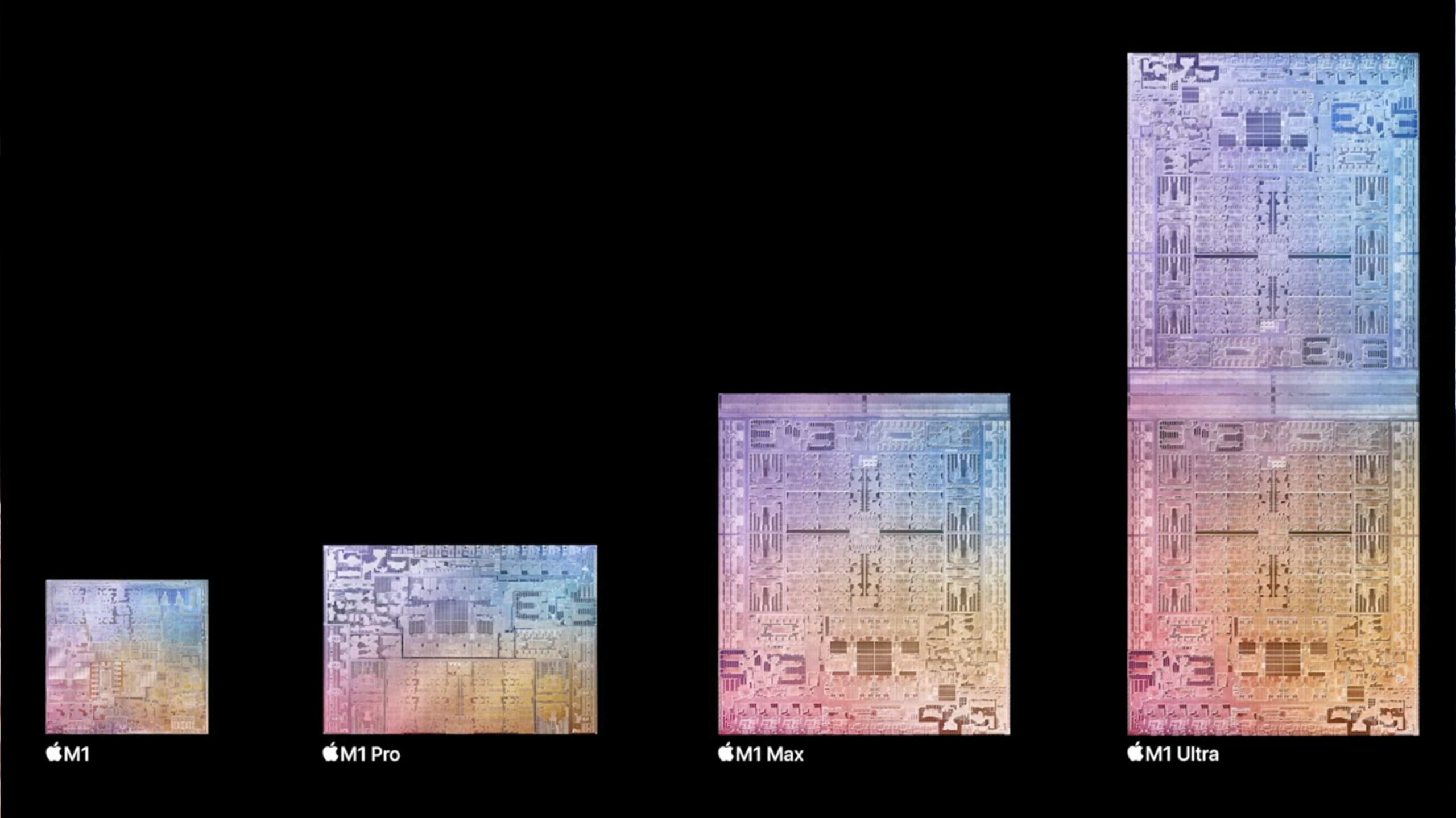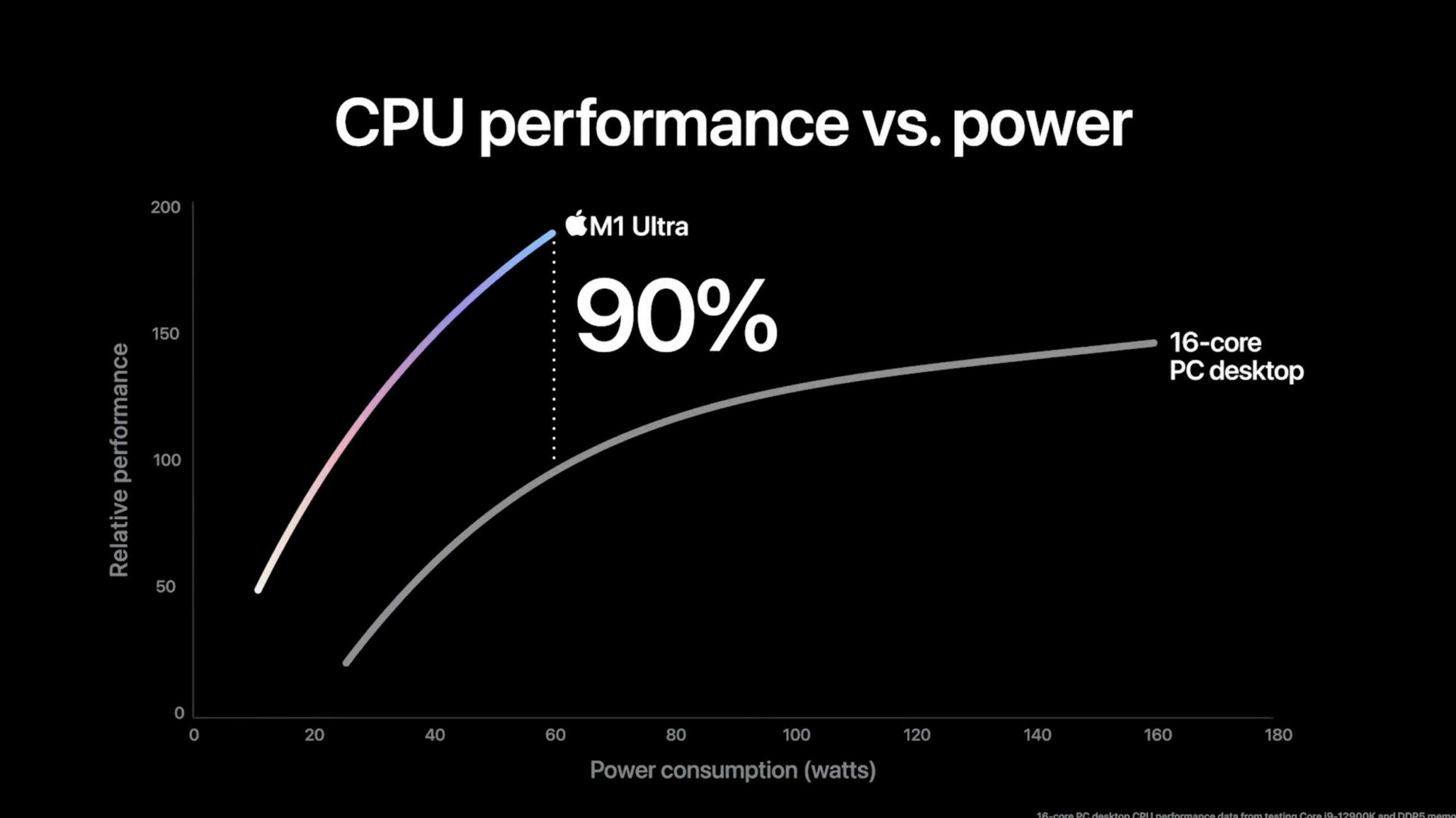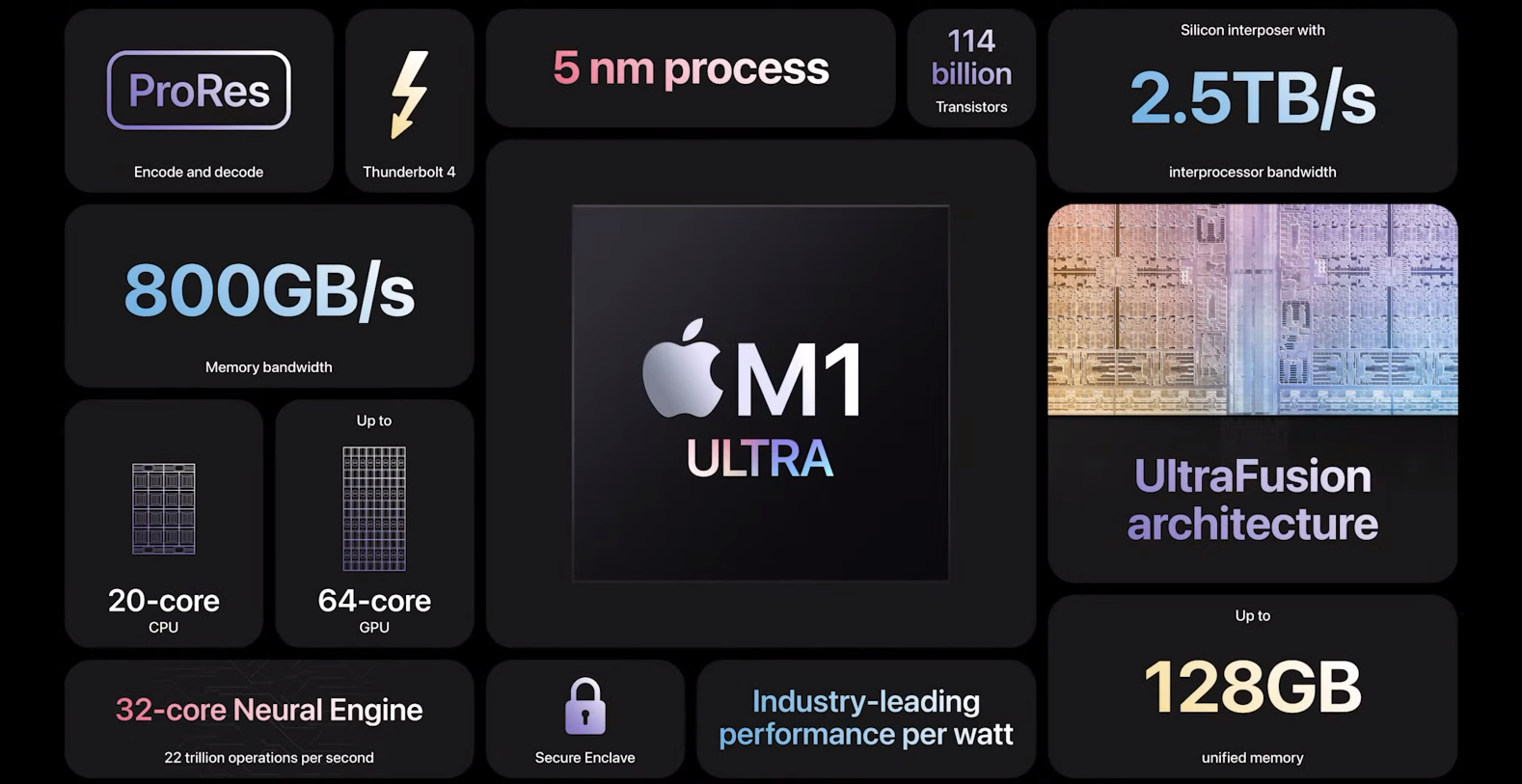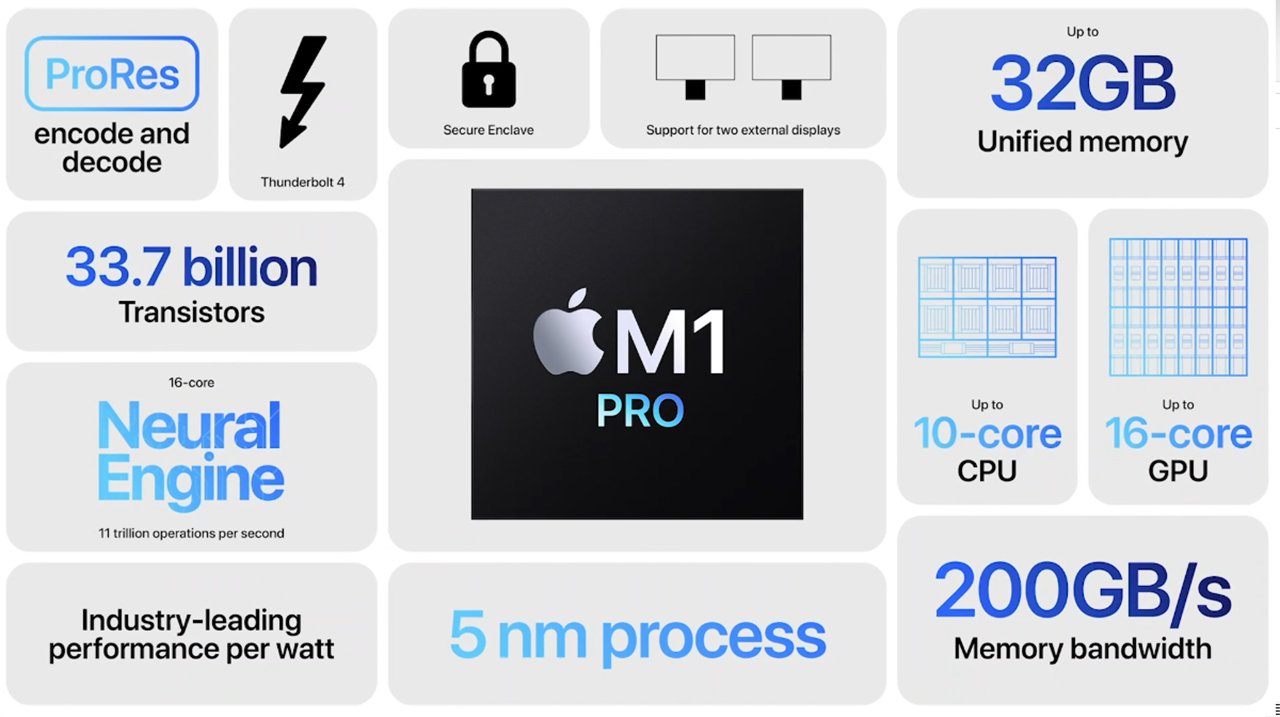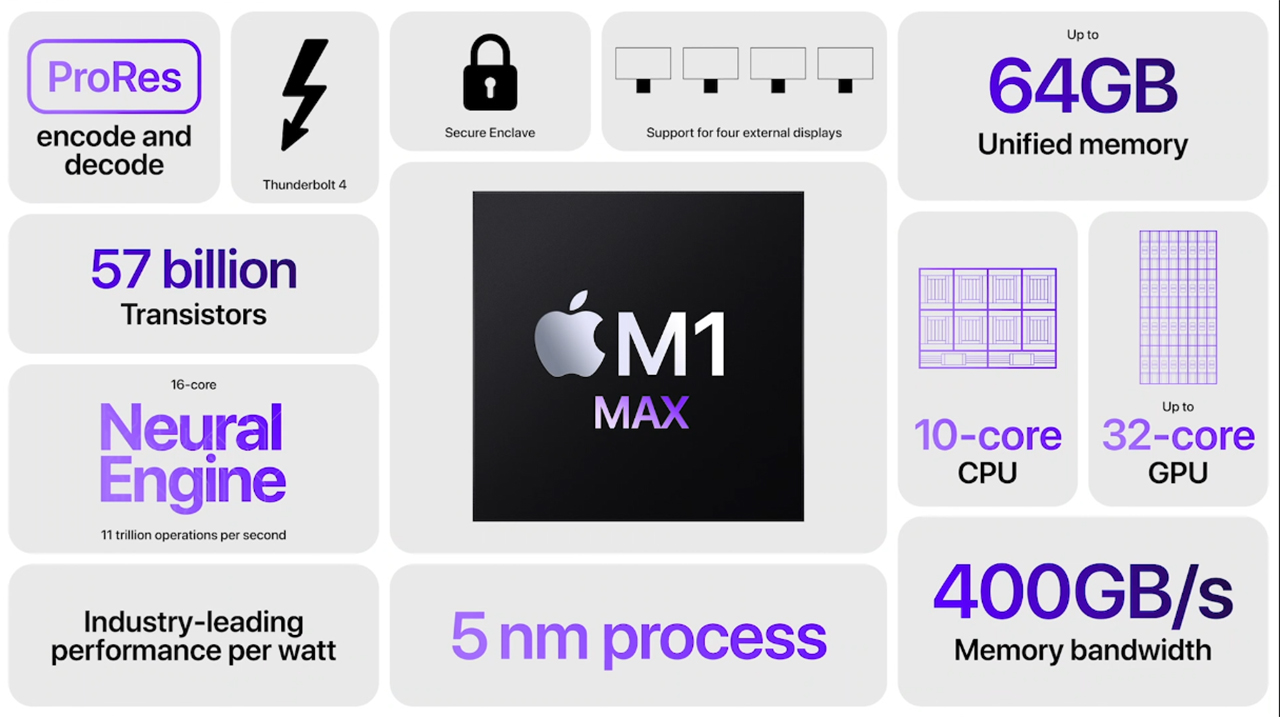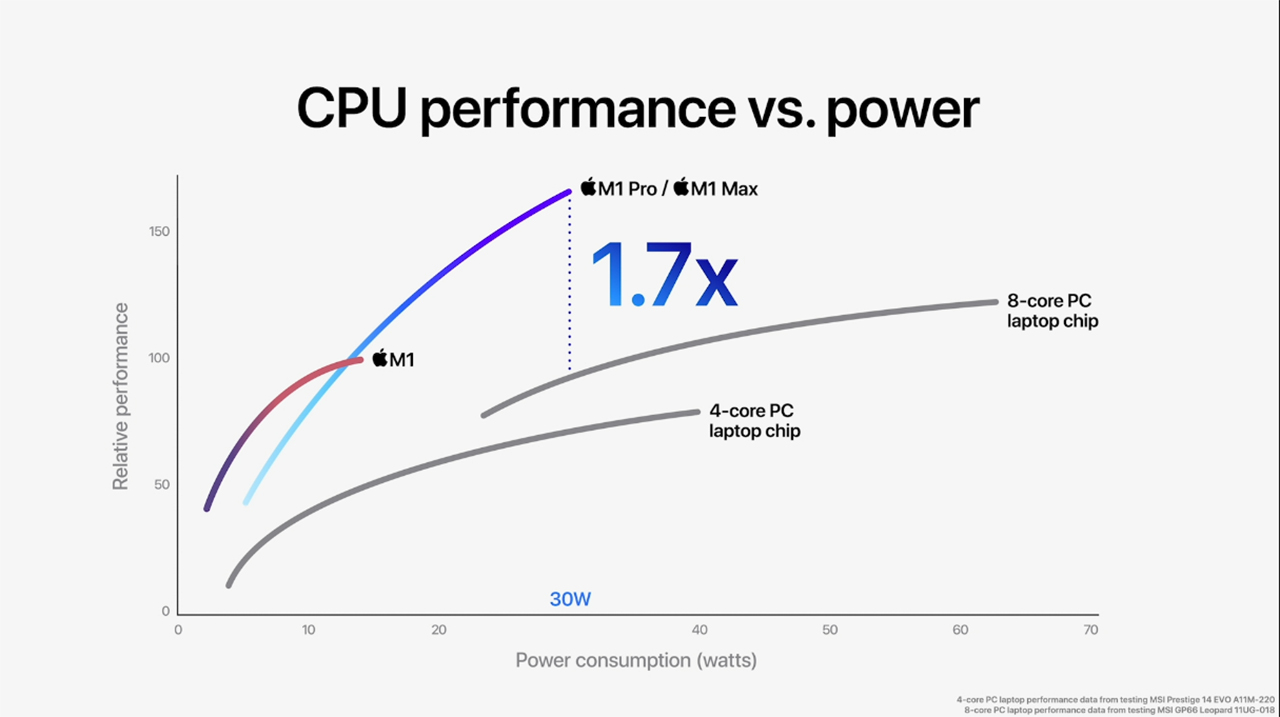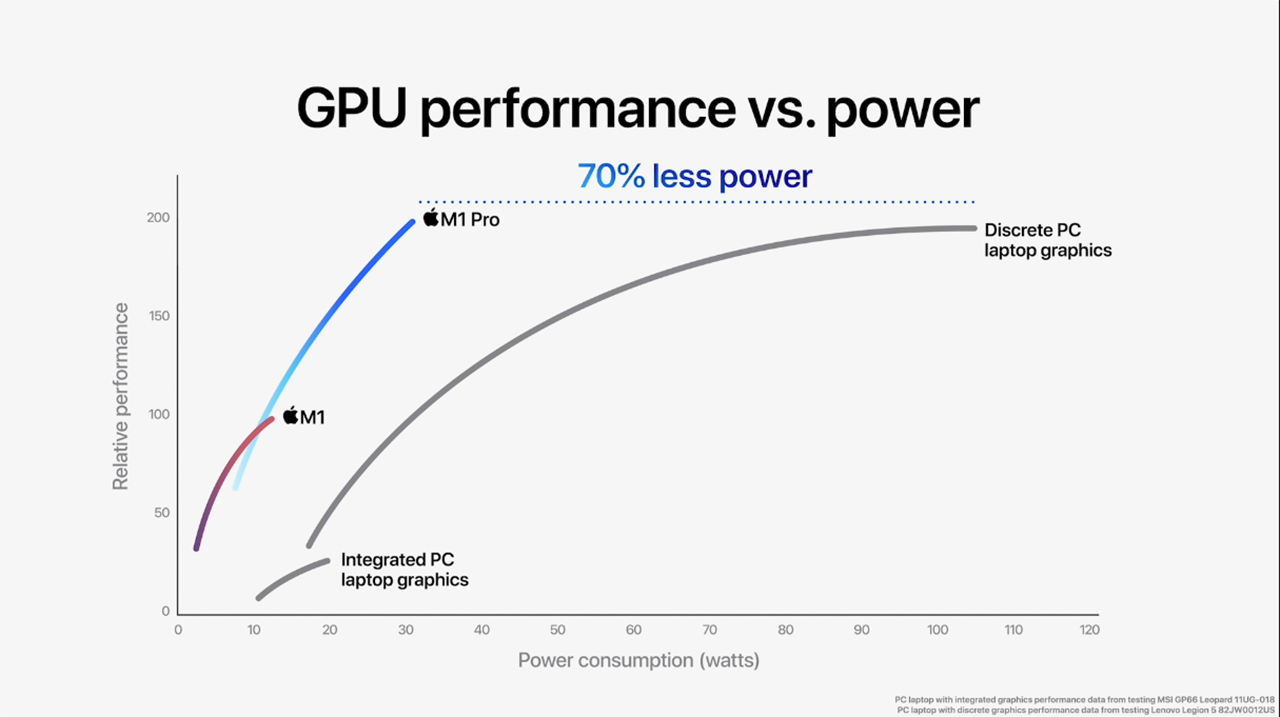At Qualcomm’s annual Snapdragon Summit, the company unveiled its latest chipset technology, the Snapdragon 8 Gen 2. This new chip will be available in new flagship Android devices throughout the year, including Canada’s version of Samsung’s S23 series.
However, Qualcomm is working with companies like Asus, Motorola, OnePlus and ZTE, so the Snapdragon 8 Gen 2 will be featured in several more devices by the end of the year.
Qualcomm says that Snapdragon 8 Gen 2’s upgraded Hexagon Processor offers its most advanced Qualcomm AI Engine ever, with features like multi-language translation and transcription, advanced AI Cinematic video and its Sensing Hub, which offers dual-AI processors for the first time, with new experiences like direct-to-app voice assistance to control your favourite apps. Further, you should expect 4.35x faster AI performance and Micro Tile Inferencing.
With the 8 Gen 2, you should expect better camera performance in devices sporting the chip. The 8 Gen 2 is also compatible with 200-megapixel photo capture, which is rumoured to be coming to the upcoming S23 Ultra. Further, expect 8K HDR video capture in 10-bit HDR.
This is also the first Snapdragon platform with AI-powred Always Sensing Camera. The Always-Sensing Camera offers features like allowing the camera to scan QR codes with the phone being turned off, and a new privacy option which kills notifications if it notices a secondary person looking at your phone. Qualcomm says this Always-Sensing Camera technology is entirely on-device and in its Sensing Hub. The company also added a second AI processor to the chip that increased AI performance by 2x and features 50 percent more memory.
Away from the camera, the Sensing Hub will also support experiences that enable custom wake words, and additional features from the Qualcomm AI Stack, including AI Studio, to allow developers to create even better next-gen AI apps.
The Qualcomm Snapdragon 8 Gen 2 supports Unreal Engine 5 and Metahuman framework for realistic human characters. It also features Vulkan 1.3 API that supports Ray Tracing. With its Ray Tracing capabilities, the 8 Gen 2 can bring lifelike lighting effects like shadows, reflections and illumination to your games. The Adreno GPU offers up to 25 percent faster performance with up to 45 percent better power efficiency. Kryo CPU improves performance by up to 35 percent, while new micro-architecture allows up to 40 percent more power efficiency.
Qualcomm’s Snapdragon 8 Gen 2 also brings HDR Vivid, a China-based standard in addition to HDR 10, HDR 10+ and Dolby Vision.
The 8 Gen 2 sports Snapdragon X70 5G Modem RF System, the world’s first and only mobile platform with a dedicated 5G AI processor. Additionally, it works with Wi-Fi 7 due to its Fast Connect 7800 Mobile Connectivity System. Also, expect blazing speeds of up to 5.8Gbps, which is more than double than Wi-Fi 6. It features 5G Dual-SIM Dual-Active, which lets you simultaneously use two 5G SIM cards, alongside enhanced Face Unlock for its security.
Qualcomm’s Snapdragon 8 Gen 1 supports spatial audio with dynamic head tracking for ultra-immersive gaming and multimedia experiences. The Snapdragon 8 Gen 2 supports 48kHz lossless music streaming technology and the lowest-ever latency at 48ms for better gaming.
Image credit: Qualcomm






